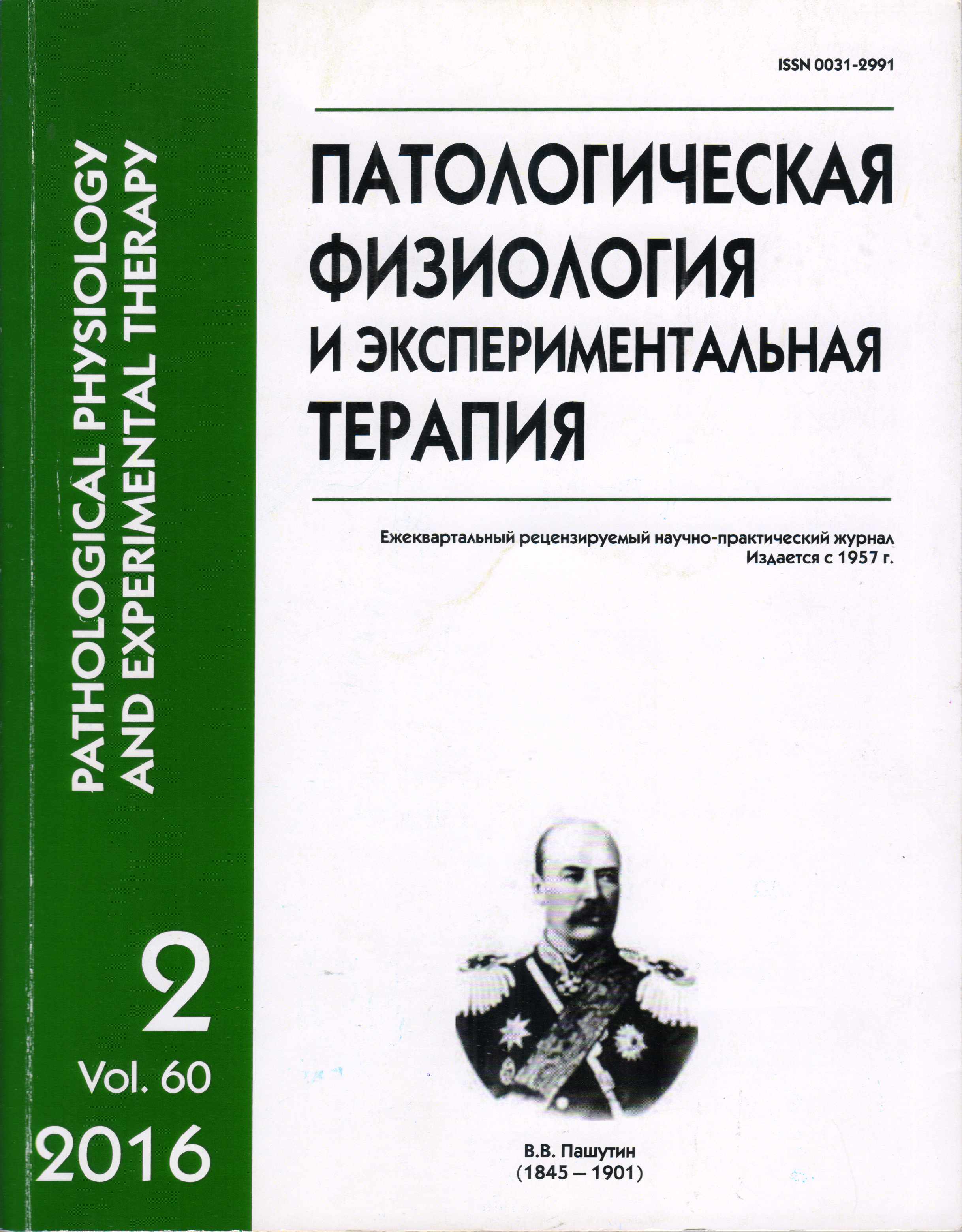Mitochondrial chaperon DNAJC15/MCJ level measuring in the blood cells of patients witj atopic dermatitis of moderate severity
Keywords:
atopic dermatitis, lymphocytes, neutrophils, HSP40, DNAJC15/MC
Abstract
Purpose. Heat shock protein DNAJC15/MCJ expression has been measured in lymphocytes and neutrophils obtained from patients with atopic dermatitis of moderate severity (SCORAD index from 20 to 40) in acute phase compared with healthy donors. Methods. Real time PCR method has been used to verify the bacterial contamination of the skin of patients with atopic dermatitis. Peripheral blood lymphocytes and neutrophils have been double stained with antibodies to the plasma membrane receptors and mitochondrial protein DNAJC15/MCJ. C2-ceramide has been used to induce an apoptosis in neutrophils separated on Percoll gradient. Cells were analyzed by flow cytometry. Results. In the first time it is established that molecular chaperone DNAJC15/MCJ expression in CD8+ T cells of patients with atopic dermatitis were significantly higher compared to the healthy donors (P<0.05). Expression DNAJC15/MCJ in neutrophils of atopic patients was much dependent on the bacterial contamination of skin that raised the level of DNAJC15/MCJ expression twice. The increased expression of DNAJC15/MCJ protein in neutrophils of atopic patients has been found to be associated with the elevated level of ceramide-induced apoptosis in these cells. Conclusions. Increased expression of the mitochondrial protein DNAJC15/MCJ in lymphocytes and neutrophils of patients with atopic dermatitis of moderate severity reflects the changes of metabolism in blood cells under this disease.Downloads
Download data is not yet available.
Published
27-05-2016
How to Cite
Elistratova I. V., Ivanchenko O. B., Zakharova I. A., Grechko A. V., Morozov S. G. Mitochondrial chaperon DNAJC15/MCJ level measuring in the blood cells of patients witj atopic dermatitis of moderate severity // Patologicheskaya Fiziologiya i Eksperimental’naya Terapiya (Pathological physiology and experimental therapy). 2016. VOL. 60. № 2. PP. 4–12.
Issue
Section
Original research






